SENTINEL PROGRAM

Using Bivalves for Biological Monitoring of Contaminants
ORCA’s Living Lagoon is a hands-on program where Indian River County students to work with ORCA scientists growing and propagating coastal vegetation at schoolyard nurseries for habitat restoration projects. Learn more.
Monitoring Methodology
Aquacultured eastern oysters (Crassostrea virginica) are placed in a two-tiered structure with one chamber a fixed distance from the bottom of the water, and another on a sliding float held a fixed distance from the surface. This allows determination of where, within the water column, pollutants are circulating.
Oyster racks are deployed to a variety of sites within the monitoring region two to three weeks prior to the start of monitoring. Racks are also deployed at control sites during the entire monitoring period. Prior to deployment a subset of oysters are analyzed to determine baseline toxicity. The first oysters are collected from the field at both test and control sites and analyzed the day before the causal event (e.g. dredging) begins. Oysters are then collected biweekly, with the last oysters collected two weeks after the completion of the event.
Oysters are shelled, homogenized and analyzed for total toxicity in ORCA’s lab using the Microtox® Basic Solid-Phase bioassay. Homogenized oysters from each sample are also sent to an EPA approved laboratory for analysis of individual pollutants (selected based on the particular concerns of the monitoring project).
Short-term Monitoring Applications
Projects that disturb sediments (e.g. dredging), aquaculture testing, measuring success of mitigation efforts, etc.
Long-term Monitoring Applications
Water discharge compliance, ecological monitoring studies, regional comparisons of
habitat health (e.g. Watershed Report Cards), etc.
Emergency Applications
Collecting baseline information before, during and after a significant natural event (e.g. hurricane, algal bloom, etc.) or man-made event (e.g. oil spill, overflow discharges, etc.).
